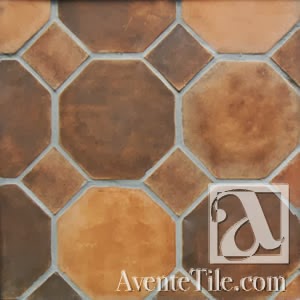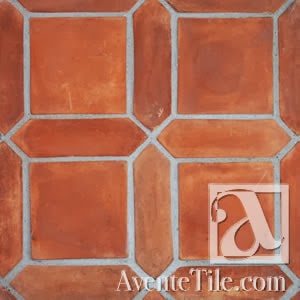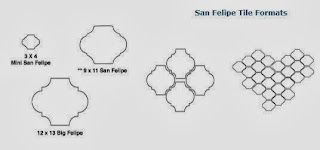 |
| Ceramic tile façade in Portugal |
Portugal is a land of Medieval castles, cobblestone villages, captivating cities and golden-sand beaches, history, great food and wine, and beautiful scenery. Aside from all these wonderful things are the ceramic tiles of the country.
In Portugal, the tiles (or
Azulejos in Portuguese) that cover the country’s buildings are a distinctive part of this land. These tiles come in a staggering array of shades (mostly of blue) and designs. Near the coast, everything is tiled. They’re distinctive as much for their individuality as for anything else, with whole blocks of buildings bursting with color, each façade different.
 |
| Portuguese ceramic tile serves as a beautiful, functional and architectural element on structures and homes. Above image by Robert L. Peters. |
 |
| Portuguese ceramic tile adorn walls as architectural elements, as well as act as sign posts. Image via Candace Rose Arden. |
 |
| The terrace of the Four Seasons Hotel in Lisbon, Portugal, pays homage to the use of the country’s ceramic tile heritage. Image by Viktor Keech. |
The azulejos stem from a time when the Moors controlled the Iberian Peninsula. The patterns evolved from early designs, and the basic tin-glazing and shaping technique has changed little since. Brought to Portugal in the 1400s from Morocco and Algeria, the ceramic tiles are not only beautiful to look at, but also serve as a functional need in reflecting sunlight, trapping cold air, and keeping houses cool during the hot Portuguese summers. Additionally, these ceramic tiles help preserve the mortar and soft stone of Portuguese seaside houses by protecting them from the effects of moisture and salt.
 |
| Overview of Porto’s Sé Cathedral. Image via Local Porto. |
 |
| Portuguese ceramic tile adorns the cathedral's upper cloisters. Image via Nigel J. Ross. |
One such structure is the Porto’s Sé Cathedral. According to Mário Pastor of
Local Porto, Porto’s Sé Cathedral is a historic landmark in the city’s old center. “In fact, Morro da Sé is the oldest district in Porto. Its characteristic neighborhood and its residents are the most genuine part of the city,” Pastor notes. He goes on to say:
“Right next to the cathedral, you can see the beautiful medieval tower from the 13th century. A few steps above, there’s the tourism information office, built over the ruins of another medieval tower, the Casa dos 24. The Cathedral itself is a 12th Romanesque structure. It was built by Bishop Hugh, a French nobleman who came to Porto even before Portugal’s independence, and ruled the city from 1113 to 1136. Despite its Romanesque roots, you will see that the cathedral, all over the centuries, has been suffering many changes of different architectonical styles, like the baroque roofs of the turrets next the front door, or even the loggia outside the north wall of the building, designed by Nicolau Nasoni, in the 18th century.”
Thankfully, efforts in preserving these historical ceramic tiles have become engrained in the day-to-day life of the Portuguese. The Museu Nacional do Azulejo's (National Tile Museum), located in the ancient convent of Madre de Deus (Mother of God) in Lisboa, was founded in 1509 by Queen D. Leonor. According to its website, the museum’s mission “is the preservation, presentation and study of its collections and the building in which it is located regarding its safeguarding and enjoyment by present and future generations.” Portuguese ceramic tiles have lasted and become part of the language of the architecture. Houses are still built with the tile, and old buildings remain as vibrant as when they were first constructed.
If you’d like to bring home a bit of Portuguese history, then take a look at
Avente Tile’s collection of
Portuguese ceramic tiles. Inspired by centuries-old styles from Portugal, these decorative ceramic tiles are hand painted on red bisque and finished with a high-gloss glaze.
- Written by
Arpi Nalbandian,
Tileometry

































